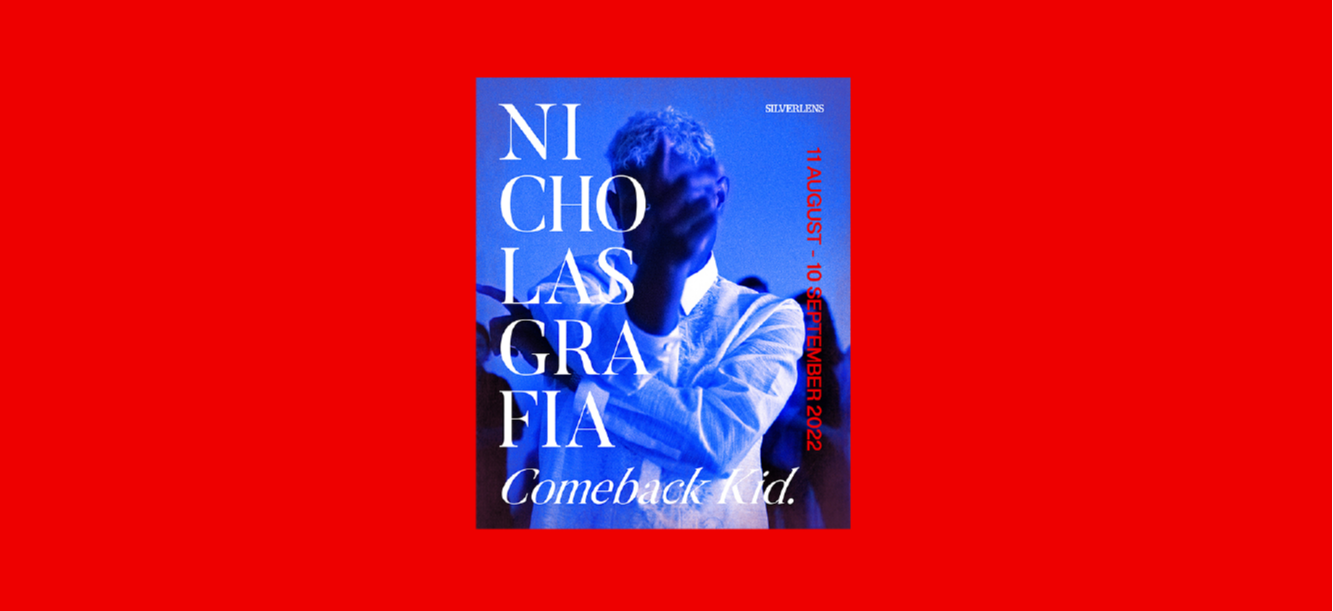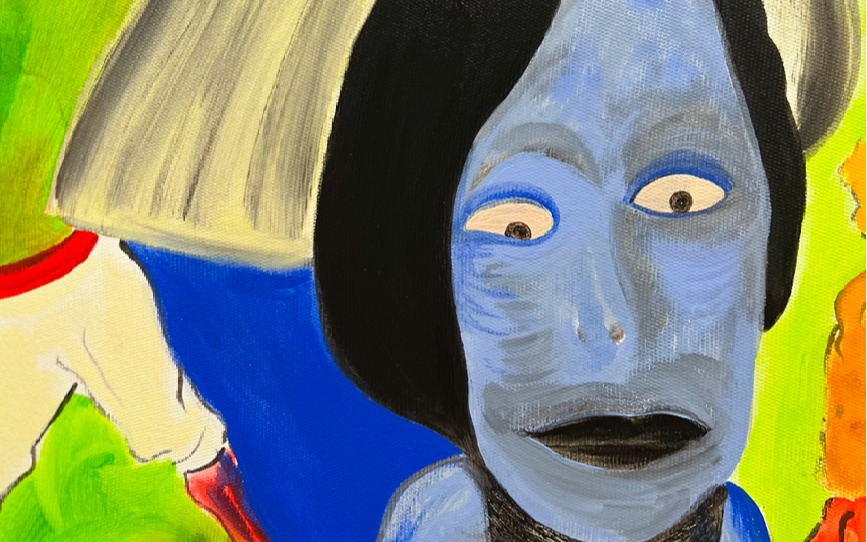
Comeback Kid.
Curated By Erin Gleeson
Silverlens, Manila
About
Nicholas Grafia’s first solo exhibition with Silverlens brings together painting, performance and live archive in a scenographically cued gallery. The title Comeback Kid. counters victimhood culture in an effort to annunciate the artist’s ethic and practice of subverting systematic oppression through ambivalence, pleasure, kink, humor, trickery, magic, and more.
Through multi-perspectival visioning that reflects his ways of being and knowing, Grafia pluralizes time, space, and identity. Queered and vignetted compositions stage uncanny meetings between historical, anonymous and alter ego figures as empowered shapeshifters.
With Comeback Kid., it’s personal; as Grafia reveals the often disguised similarities between forced and voluntary migration and labor that is diasporic life, he teases out potentials of freedoms and belonging therein. We meet writer and activist James Baldwin, traveling and unnamed nurse heroes, a self-emancipated African American champion boxer, Indigenous peoples trying to escape encomiendas of the Spanish colony, the artist’s mother and her childhood carabao – a beloved beast of burden and the unofficial symbol of the Philippines. These painted and performed portals plot an auto-fictional and embodied aesthetics: multiple gazes, skin tones and genders – often within one figure, living within flamboyant colors and porous edgings.
As a singular noun, ‘comeback kid’ speaks of a resilient person who has sought and successfully found strategies to transform and overcome challenges. In imperative form, it signals relationality, becoming a phrase to hold the emotional ranges within plea and reprimand, love and longing, need and dependency. This being Grafia’s first exhibition in his first home, Comeback Kid. poignantly connects in translation to the complexities of a Filipino nationalized identity known as Balikbayan. In Tagalog, bayan is country, balik is to come back.
— Erin Gleeson
Nicholas Grafia (b.1990, Angeles City; based in Düsseldorf, Germany, and Paris, France, holds an MFA from the Kunstakademie Düsseldorf (DE). He has previously studied at the School of Arts and Cultures in Newcastle (UK), the Kunstakademie Münster (DE), as well as the University of Münster (DE).
His paintings, videos and performances negotiate processes of memory formation, as well as the in- and exclusion of subjects from history writing.
His work has been recently exhibited at KW (Berlin, DE), Shoot the Lobster (New York, US), MoMa (Warsaw, PL), HKW (Berlin, DE), Kunsthal Aarhus (Aarhus, DK), Peres Projects (Berlin, DE), Bergen Kunsthall (Bergen, NO), Capitain Petzel (Berlin, DE), 7th Moscow International Biennale For Young Art (Moscow, RU), Shedhalle (Zurich, SUI), Kunstverein für die Rheinlande und Westfalen (Düsseldorf, DE), Museum Ludwig (Cologne, DE), Dortmunder Kunstverein (Dortmund, DE), Tramway (Glasgow, UK), MUDAM (Luxembourg, LU) and Steirischer Herbst (Graz, AT) amongst other venues.
In the last few years my practice has increasingly shifted towards one that seeks to combine mainly performance, painting and time based media installation, in order to discuss the creation of psychological, cultural and political memory, as well as processes of social othering, ex- and inclusion.
Looking at the history of my home country, the Philippines, and comparing it to the increasingly neo-liberal, xenophobic and right wing tendencies I have encountered while growing up in Europe, I came to realize new examples for mainly two things: How many national government systems have radically exploitative, alienating and marginalizing agendas and how interconnected national histories and issues in political power dynamics are on a global level.
The use of absurdist aesthetics, as well as a theoretical focus on writings on postcolonial issues, the uncanny, the monstrous and post-humanism, have helped me to find a visual language to contemplate my artistic ideas on those matters. Employing non-linear dialogue styles, theatrical disguise, masks and ambiguous physical shapes, throughout my multidisciplinary practice, I wish to irritate and subvert established power relations and conventions within my heteronormative western surrounding and positively familiarize it with previously othered subjects.
Furthermore looking at the way my environment produces, replicates and negotiates racial or sexual representations, I started to look at the history of alternative spaces such as drag queen houses, secret LGBTI+ meeting spots, as well as spaces where POC bodies are exoticized. Investigating into different social, (sub) cultural, as well as historical directions, I am creating visual narrations that are intended to present the narratives and voices of marginalized subjects to a wider audience.
In my research stages, I am particularly interested in the way secret visual cues and scene codes enable a complex and rich communication between like-minded people, living in precarious situations, knowing that they are exposed to constant vulnerability and threat.
Having previously found myself in that position too, I have always been interested in finding ways to turn somebody’s role of a victim, that is for example suffering from homophobia, racism, political persecution or exclusion, into one that enables an individual to have impactful agency and visibility in contemporary society.
Especially within my performative works, I have actively taken advantage of the personal histories and cultural experiences of fellow performers and collaborators, by constructing multi-perspective dialogues, in order to extend possible interpretations, and to re-negotiate and add to existing queer, POC and immigrant narratives and history.
My artistic practice is therefore generally concerned with a juxtaposition and interweaving of historical events and recent global developments, the familiar and the strange; the personal and the universal.
Installation Views
Works
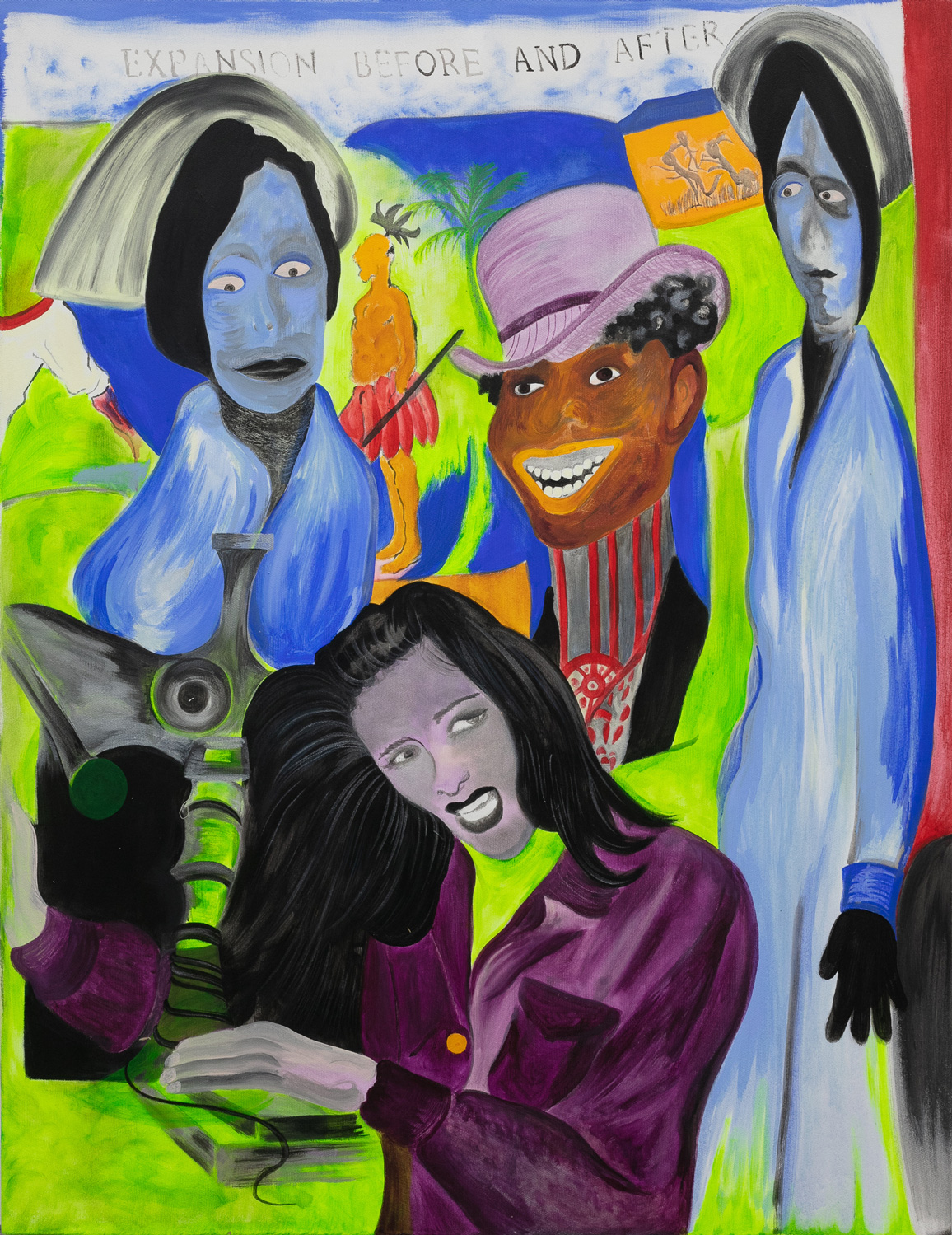
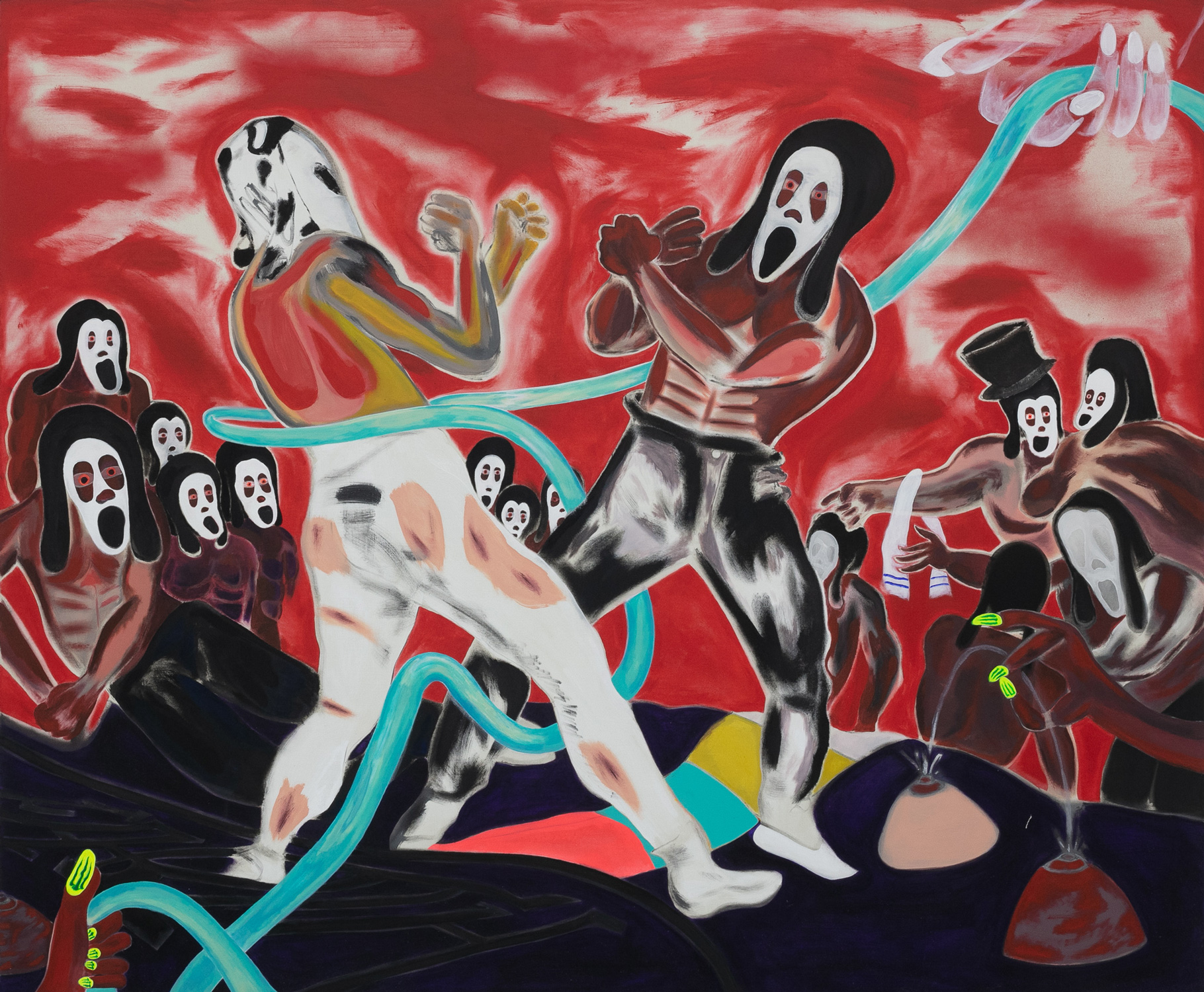
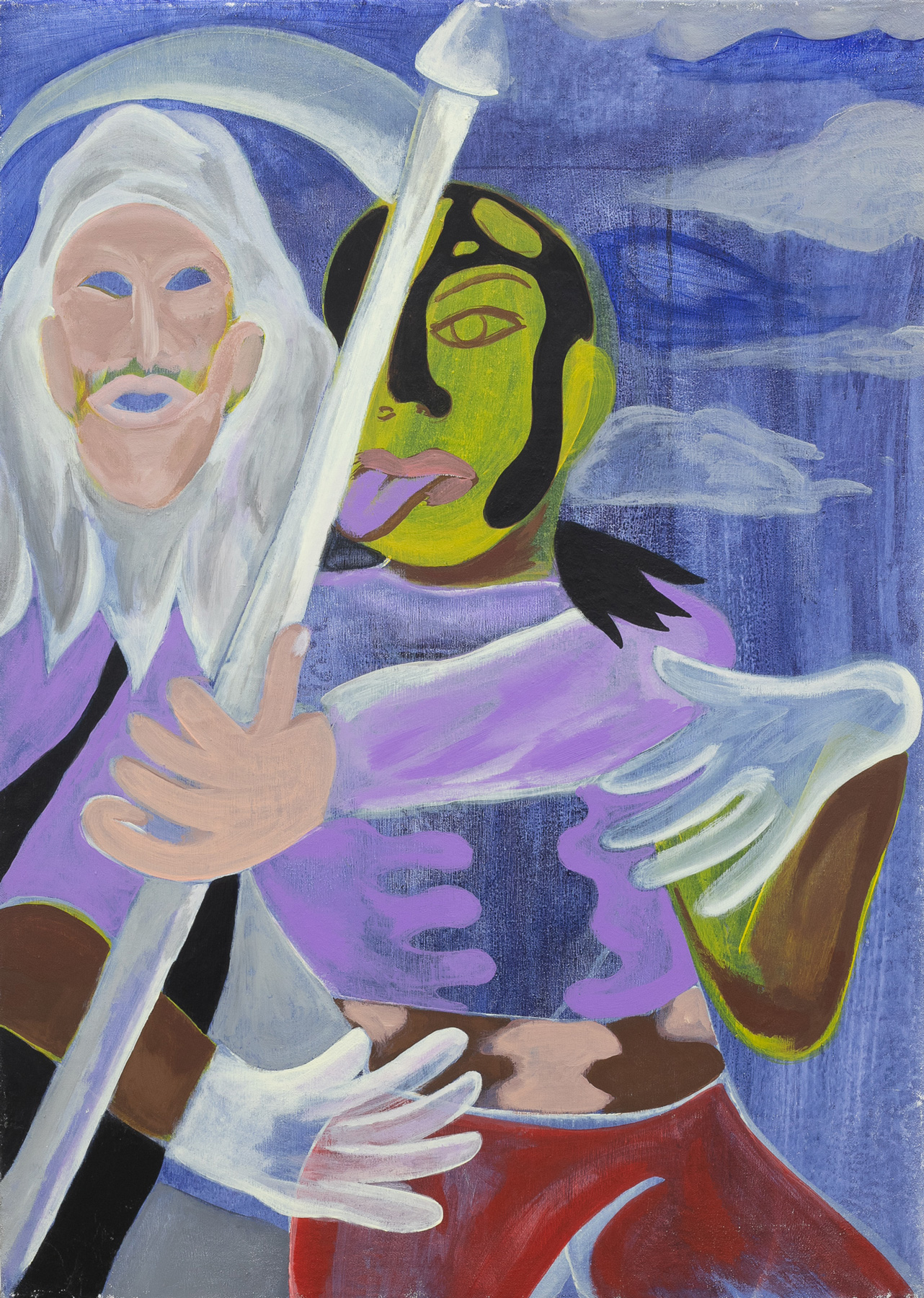
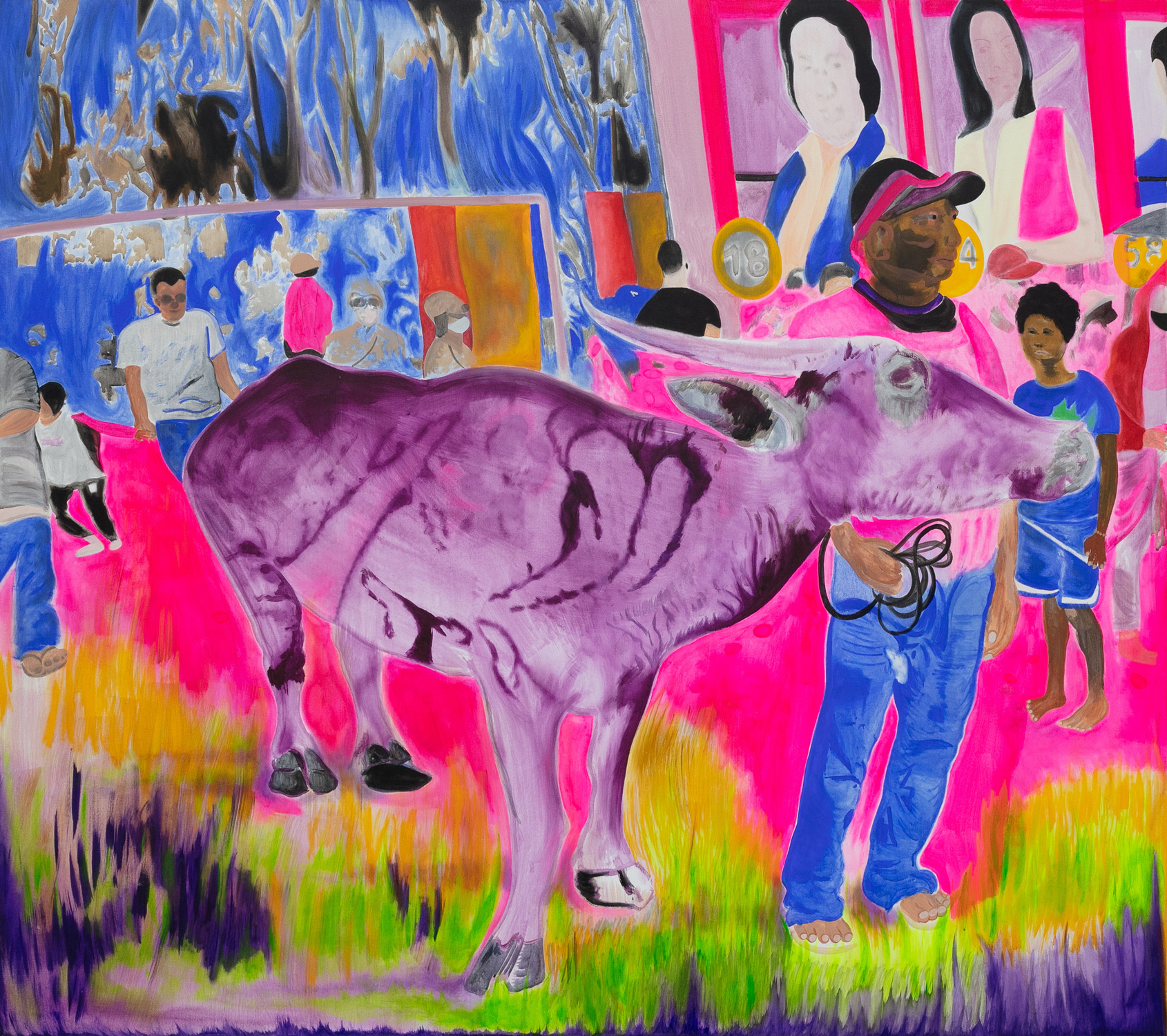
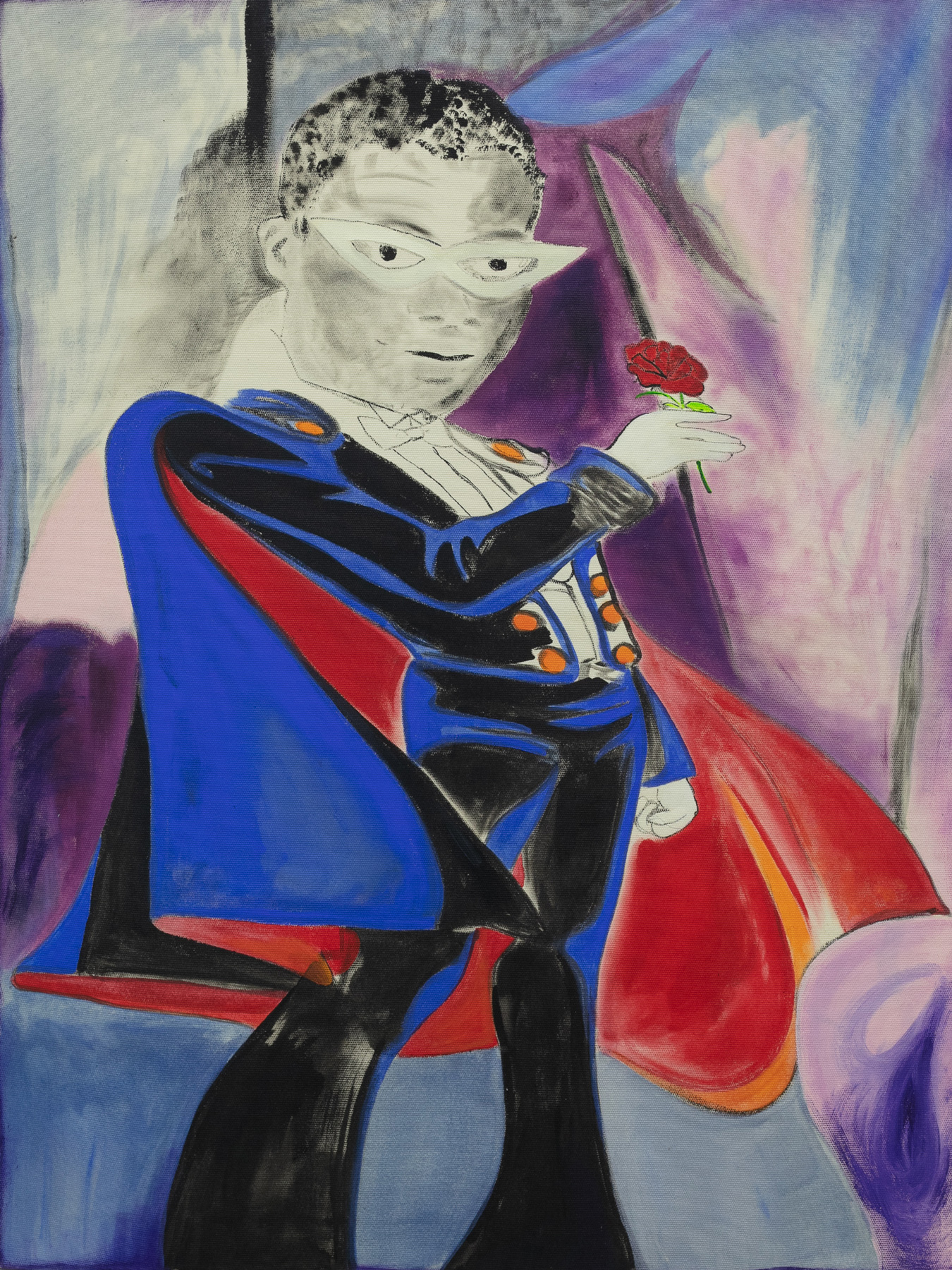
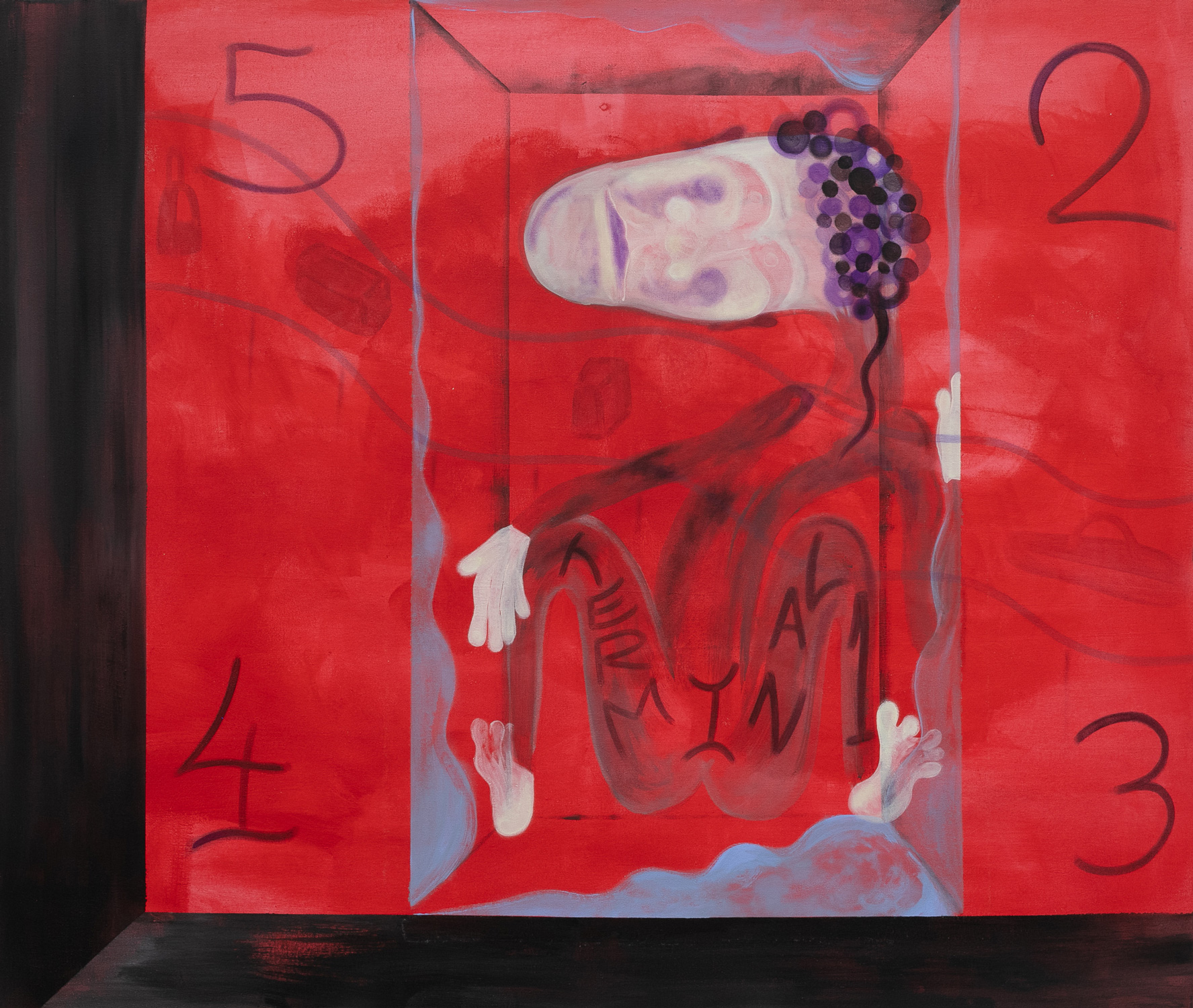
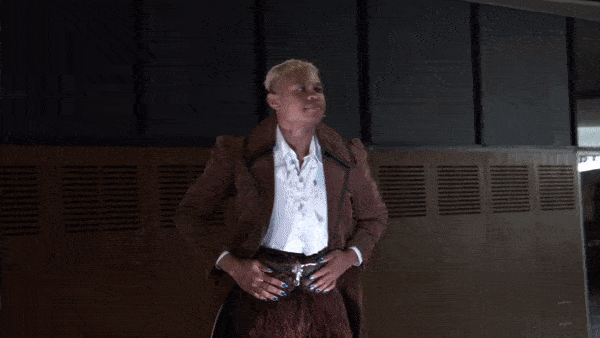
Edition 1 of 5
Price upon request
